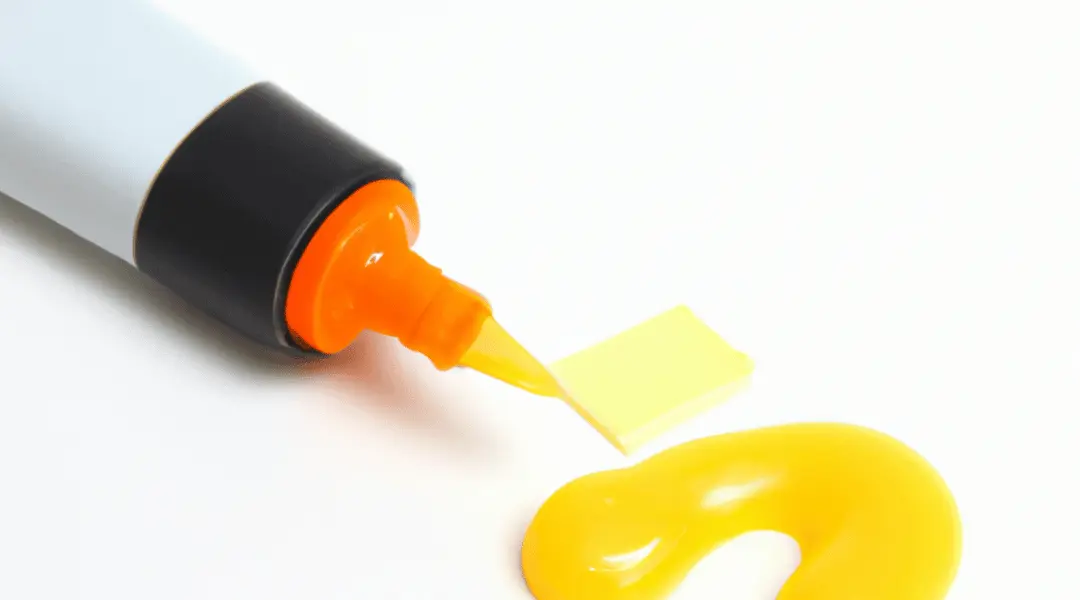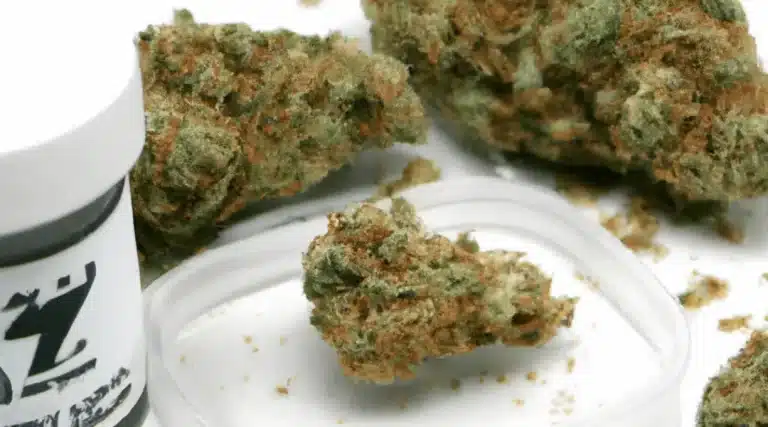8 Hot Glue Alternatives You Need To Know
Hot glue guns are a popular tool for DIY projects, arts and crafts, and home repairs. However, they can be messy, difficult to control, and dangerous if not used properly. Fortunately, there are many alternatives to hot glue that can be just as effective and easier to use. This post will explore Eight of the best hot glue alternatives for any project or task.
Let’s dive into this peculiar topic and uncover the taste, health risks, and even unique uses of glue beyond its intended purpose.
First, let’s go over the criteria for what makes a good hot glue alternative. A good alternative should be strong, versatile, easy to use, and safe. It should also be readily available, affordable, and compatible with a variety of materials. With these factors in mind, let’s dive into the list.
Some Hot Glue Alternatives
While hot glue is a popular choice for crafting and DIY projects due to its quick drying time and ease of use, there are several alternatives available that can be just as effective.

Epoxy
Epoxy is a two-part adhesive that creates a strong, durable bond between surfaces. It can be used on a variety of materials, including metal, plastic, wood, and ceramic. Epoxy comes in a variety of formulas, including clear, opaque, and quick-drying. It can be used to fill gaps, seal seams, and reinforce structures. However, it can be messy and difficult to remove once it has hardened.
To use epoxy, mix the two parts together according to the instructions. Apply the mixture to one surface and press the other surface firmly against it. Hold in place until the epoxy sets, which can take anywhere from a few minutes to a few hours depending on the formula.
One popular brand of epoxy is J-B Weld, which comes in a variety of formulas for different applications.
Super Glue
Super glue, also known as cyanoacrylate adhesive, is a fast-drying, strong adhesive that bonds to a variety of surfaces plastic, and wood. It comes in a variety of formulas, including gel and liquid.
To use super glue, apply a small amount to one surface and press the other surface firmly against it. Hold in place for a few seconds until the glue sets, which usually takes less than a minute. Be careful not to get the glue on your skin or clothing, as it can bond quickly and be difficult to remove.
One popular brand of super glue is Gorilla Super Glue, which comes in a variety of formulas for different applications.
Double-Sided Tape
Double-sided tape is a versatile adhesive that can be used for a variety of projects, including crafts, home decor, and office supplies. It comes in a variety of widths, lengths, and strengths to suit different needs. Double-sided tape can be used on a variety of surfaces, including paper, plastic, metal, and glass.
To use double-sided tape, simply peel off the backing and apply to one surface. Press the other surface firmly against it. Double-sided tape is easy to remove and reposition if necessary.
One popular brand of double-sided tape is Scotch Double-Sided Tape, which comes in a variety of widths and lengths.
Contact Cement
Contact cement is a strong adhesive that creates a permanent bond between surfaces. It is ideal for large projects and can be used on materials such as metal, plastic, wood, and fabric. Contact cement comes in a variety of formulas, including water-based and solvent-based.
To use contact cement, apply a thin layer to both surfaces and let dry for a few minutes. Once the glue is dry, press the surfaces firmly together. Contact cement creates a strong bond that is difficult to remove once it has set.
One popular brand of contact cement is DAP Weldwood Contact Cement, which comes in a variety of formulas for different applications.
Liquid Nails
Liquid Nails is a strong adhesive that creates a permanent bond between surfaces. It is ideal for construction projects and can be used on materials such as metal, wood, and drywall. Liquid Nails comes in a variety of formulas, including heavy-duty and quick-drying.
To use Liquid Nails, apply a thin layer to one surface and press the other surface firmly against it. Hold in place until the glue sets, which can take anywhere from a few minutes to a few hours depending on the formula.
One popular brand of Liquid Nails is Liquid Nails Heavy Duty Construction Adhesive, which is ideal for large projects.
Wood Glue
Wood glue is a strong adhesive that is specifically designed for woodworking projects. It creates a strong, durable bond between wood surfaces and can be used on a variety of wood types. Wood glue comes in a variety of formulas, including waterproof and quick-drying.
To use wood glue, apply a thin layer to one surface and press the other surface firmly against it. Hold in place until the glue sets, which can from a few minutes to a few hours depending on the formula. Wipe away any excess glue with a damp cloth before it dries.
One popular brand of wood glue is Titebond III Ultimate Wood Glue, which is waterproof and ideal for outdoor projects.
Silicone Adhesive
Silicone adhesive is a versatile adhesive that can be used for a variety of projects, including home repairs, automotive repairs, and crafts. It creates a flexible, waterproof bond that is ideal for sealing and filling gaps. Silicone adhesive comes in a variety of formulas, including clear and colored.
To use silicone adhesive, apply a thin layer to one surface and press the other surface firmly against it. Hold in place until the glue sets, which can take a few minutes to a few hours depending on the formula. Silicone adhesive can be messy and difficult to remove once it has hardened.
One popular brand of silicone adhesive is GE Silicone II, which is waterproof and ideal for sealing and filling gaps.
Sewing
Sewing is a traditional method of joining fabrics and materials together. It creates a strong, durable bond that is ideal for clothing, home decor, and crafts. Sewing can be done by hand or with a sewing machine.
To sew by hand, thread with thread or embroidery floss. Tie a knot at the end of the thread and push the needle through one layer of fabric. Pull the thread through and push the needle through the other layer. Continue stitching until the two layers are joined together.
To sew with a sewing machine, thread the machine with thread and place the two layers of fabric under the presser foot. Sew along the edge of the fabric until the two layers are joined together.
One popular brand of sewing thread is Gutermann Sew-All Thread, which comes in a variety of colors and strengths.
Conclusion
These ten hot glue alternatives are just a few of the many options available for DIY projects, crafts, and home repairs. Each has its own advantages and disadvantages, depending on the project and materials involved. By exploring these alternatives, you can find the perfect adhesive for your needs and create a strong, durable bond that will last for years.
Remember to always follow safety precautions when using any adhesive or tool. Read the instructions carefully, wear protective gear, and use in a well-ventilated area.


